Let’s see, how can I put this delicately? Oh, never mind, let’s just pretend we’re on Facebook.
Sometime in late August, I started having pain, abdominal pain of a degree that warranted tests for appendicitis, kidney stones, and ovarian cysts. Within the course of two weeks, I saw three different doctors, forked over more than $125 in co-pays, had blood drawn and barium ingested and x-rays made. And the diagnosis was … nothing.
I could have just gone on my way, but the pain persisted and so did I. The best guess my physician could make was that the cause may be some hard-to-detect lady problem, so the suggested course of action was to follow up with my OB/GYN, who found nothing on ultrasound that warranted concern and suggested I come back in six weeks for diagnostic laparoscopy (read: poking holes in my belly and sticking a tiny camera inside to look around).

For some reason, that just felt like a bad idea. Or an ineffective one, anyway. I had a strong sense that the problem had more to do with my legendarily wonky digestive system. Sure enough, after sending myself to a highly recommended new gastroenterologist and undergoing a Kubrickian series of tests, I finally got a diagnosis: celiac disease.
For those unfamiliar, celiac disease is an autoimmune disorder that is triggered by the gluten found in wheat, barley, rye, and for some people, oats. Different than an allergy, the disease, when triggered, results in damage to the digestive system that eventually leads to the inability to absorb nutrients from food. Which is pretty bad.
There’s no medical treatment for celiac. The only therapy is going on a gluten-free diet. Yes, I did just hear your bourgeoisie-fake-sickness sensors go off, but stay with me. Although glutenlessness has gotten trendy lately, the actual medical reason for doing so is real. (And really, really hard. You have no idea how much wheat we use in contemporary cooking until you try to avoid it.) Unfortunately, the stigma sticks like delicious, delicious pizza dough to a cross-contaminated kitchen counter. Every time I have to spend ten minutes examining the ingredient labels of my lunch or asking a waiter what, really, is in the vinaigrette, I can feel a wave of perceived public annoyance wash over me. I have spent my life as a quiet carbivore. I’m not built for interrogating sous chefs.
I’ve had this diagnosis less than two weeks, though, so I’m not going to present myself as an expert or an activist for my fellow celiacs (or maybe we don’t like being called that, I don’t know yet). But what I will get on the soapbox for is being your own advocate. As patients, we tend to be too, well, patient. We wait, we listen, we obey. We assume that the person in the white coat knows everything. Doctors are wonderful, but they’re not omniscient. I had a team of excellent physicians looking after me (and one awful one), but none of them were talking to each other and none of them had all the information I did.
And I had a lot of information. I got copies of lab results going back two years and passed them out, which let my doctors see connections and patterns that wouldn’t have been obvious at a one-off sick visit. And I had my own experience, which I wasn’t shy about writing down and bringing with me to appointments so I wouldn’t forget anything that might be important. Having that data put my GI on the right track, and that led directly to getting some answers. If I had followed the original prescribed course of action, I’d be home recovering from laparoscopy right now, still having my initial pain plus a couple new puncture wounds. Instead, I’m on the gluten-free-banana-bread-crumbed path to healing.
I recently heard about a woman in her 70s who’d suffered from celiac disease all her life and was only diagnosed when she was on the verge of fatal malnutrition. It’s a sneaky shape-shifter of an illness, and I could have easily gone years without knowing I had it, getting worse all the while. As much as I hate having to make this HUUUUGE life change, I’m lucky to know I should. I only have that knowledge because I kept pushing and asking and, most importantly, participating in my own care. I’m not better or smarter than anyone walking around with an undiagnosed illness, but I’m maybe just a little more stubborn and cynical. And I encourage everyone to be the same.
Oh, and keep putting your gross personal medical issues on Facebook. A friend correctly identified my diagnosis based solely on status updates months before my doctor did. Although I still refuse to “Like” it.
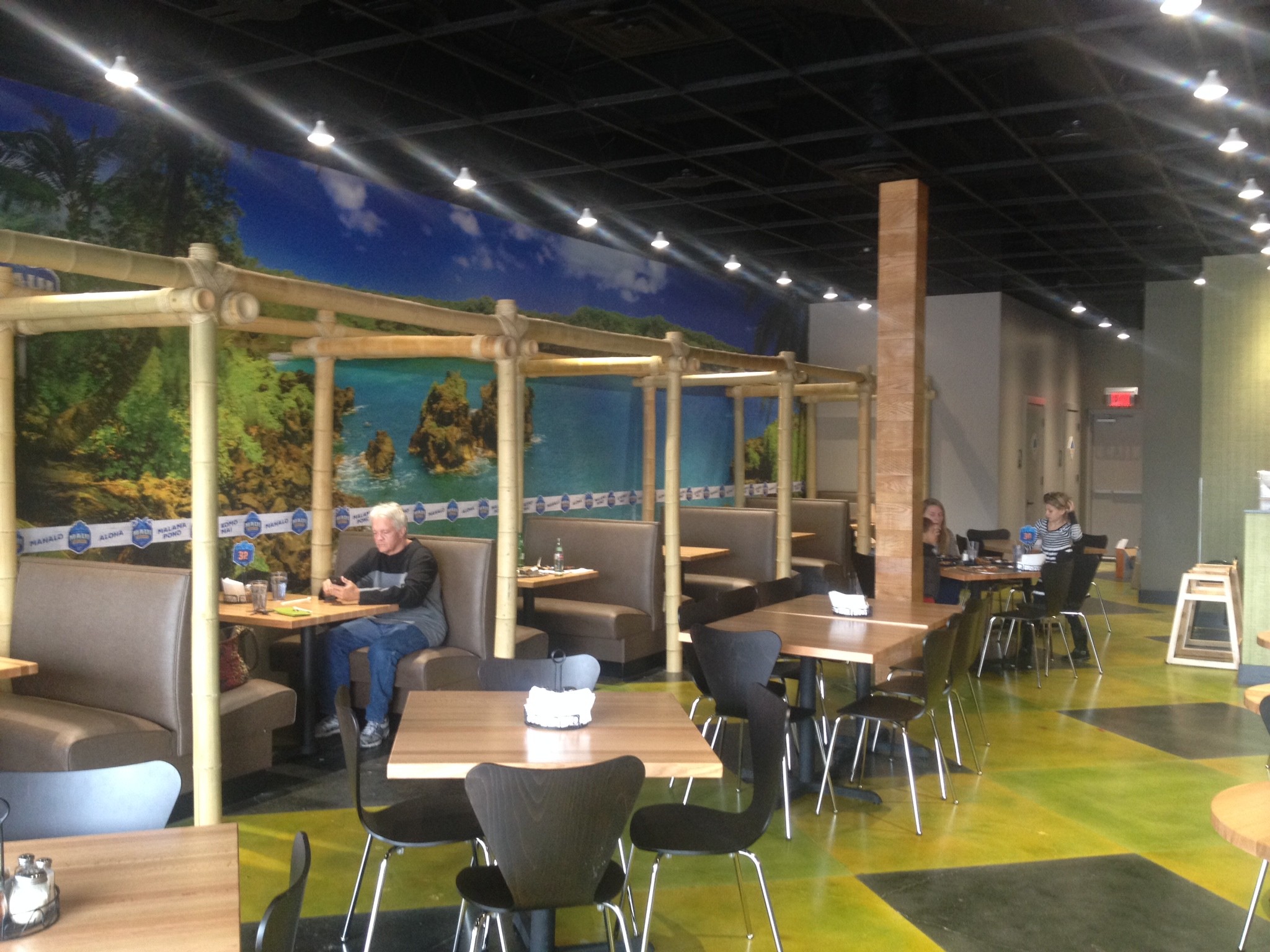
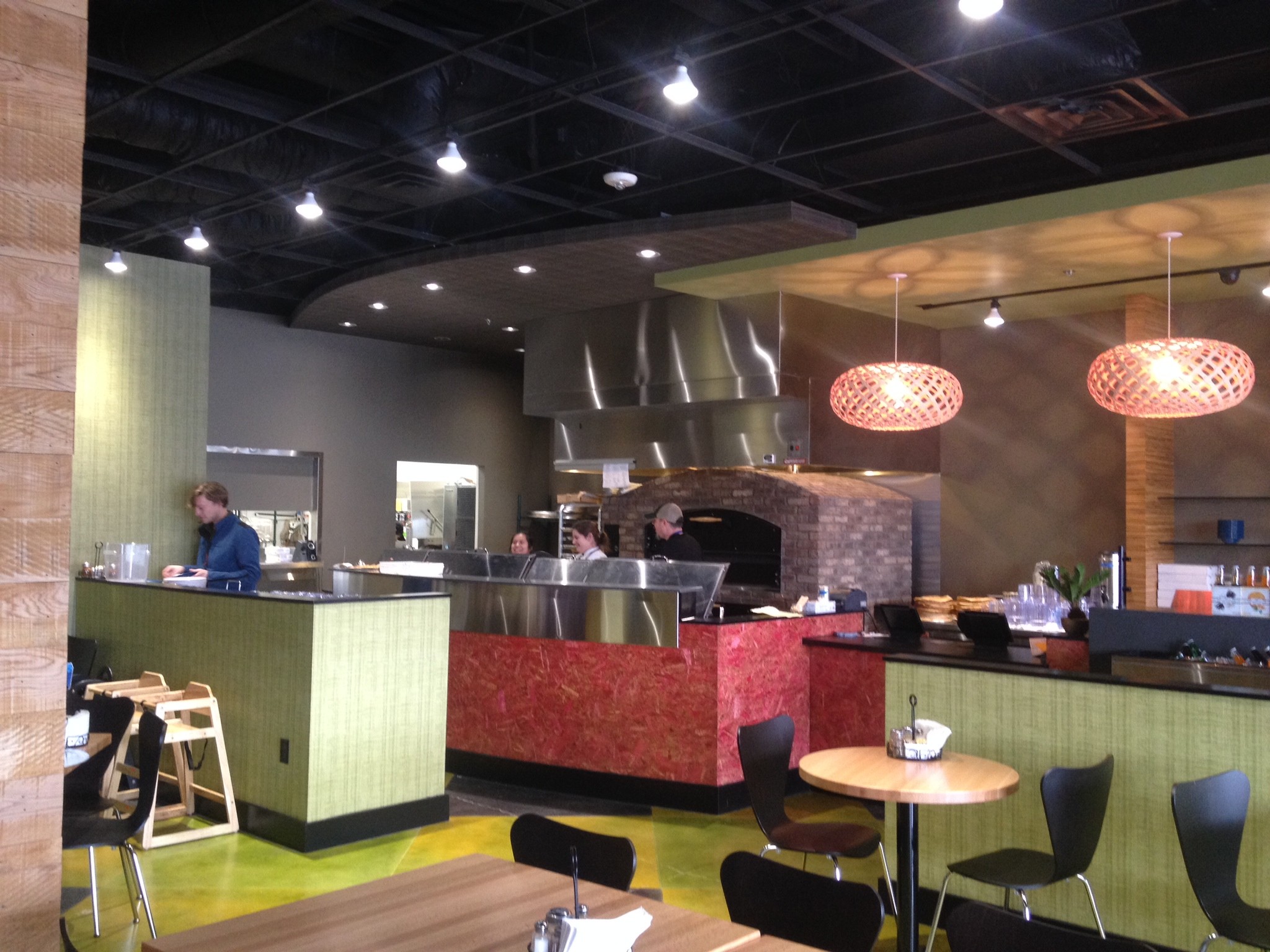
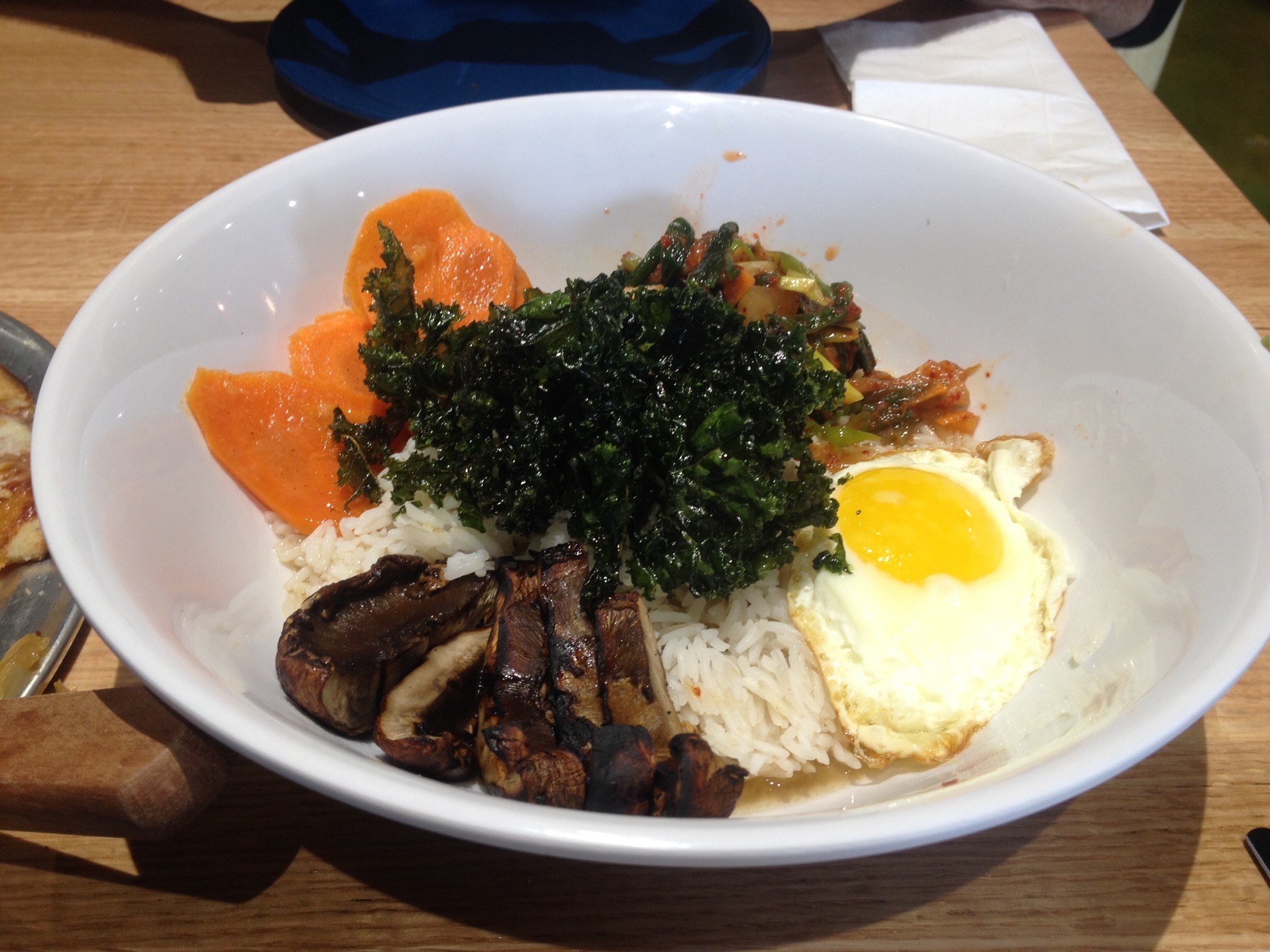
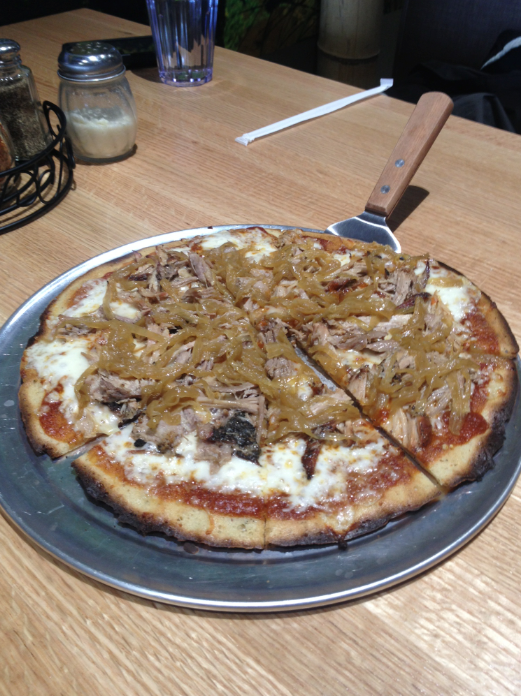
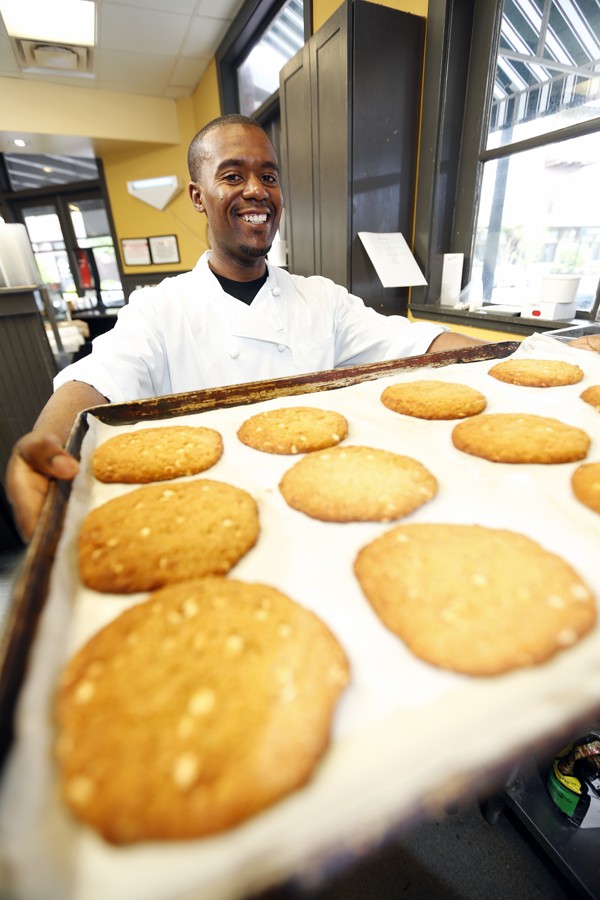 Justin Fox Burks
Justin Fox Burks 